From Rouyn-Noranda, Quebec (7:00 am eastern time):
The community of Rouyn-Noranda, 500 kilometers northwest of Montreal, has a storied and incredibly rich mining history. It is the perfect setting for a company such as Gold Bullion Development (GBB, TSX-V) whose Granada Gold Property is just five kilometres south of the Rouyn-Noranda city centre where the company’s office is located. Granada is surrounded by all the necessary infrastructure to easily accomodate any large open-pit operation. In addition, mining is part of the cultural fabric here – it is welcomed and encouraged by this community of 40,000, an attitude you just don’t see in many other places around the world or even in certain parts of Canada. In real estate, they say it’s all about location, location, location. The same applies when it comes to mining and exploration. Gold Bullion is truly in the “sweet spot” with prime “real estate” along the prolific “Golden Highway” where mining and exploration are viewed as a priority and not a nuisance.
Below we put together a short slide show to give our readers a better “feel” for the community of Rouyn-Noranda with a few historic and present day pictures. What built this city was the rich Horne Copper and Gold Mine, one of Canada’s greatest orebodies, discovered by mining legend Edmund Horne in 1920 (Noranda was born shortly thereafter). Horne persevered – he got disappointing initial assay results from his visits in 1914 and 1917 – and his theory that the deposits of northeastern Ontario extended into Abitibi was proven correct. The rest, as they say, is history.
While the Horne Mine is no longer in production, it is the home of the Xstrata (formerly Noranda) Smelter which employs hundreds of people. What’s interesting about the Smelter is that it’s now crushing and burning old computers, cell phones, tv’s, etc., to obtain more than just copper. The mill is developing a true expertise in that matter. Since the closure of Xstrata’s Kidd Creek Copper Smelter in Timmins May 1, the Horne Smelter is also treating the copper concentrate from the Timmins region.
The latest Fraser Institute survey ranks Quebec as the world’s #1 jurisdiction for mining and exploration – not only is it blessed with very favorable geology, but companies in this sector are welcomed, encouraged and treated with respect. This is not Kevin Rudd’s Australia. As an investor you know you’re not going to be get blindsided here which is extremely important. Quebec is politically safe.
Check out the slide show below for a little flavor of Rouyn-Noranda (each picture automatically changes after 10 seconds). Tomorrow is our final day here – we’re back on the Granada Property today.
[aslideshow effect=”fade” play=true playframe=false controls_play=true]
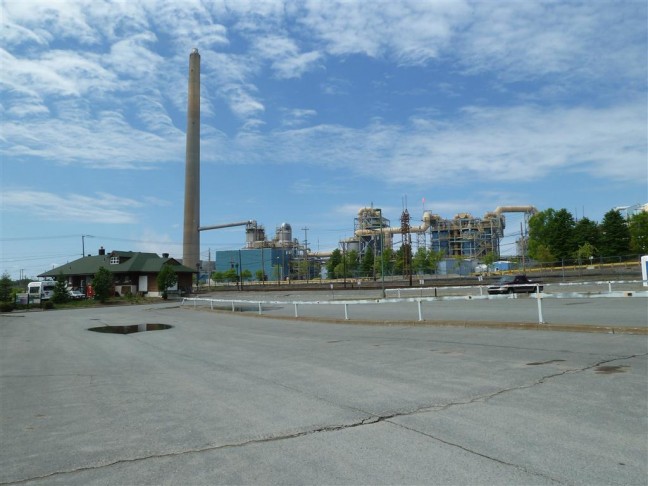
Partial view of Xstrata’s very large Horne Copper Smelter, which is now treating more and more electronic recycling, at the same location as the original Horne Copper and Gold Mine that formed the foundation for Noranda and built the twin towns of Rouyn and Noranda.
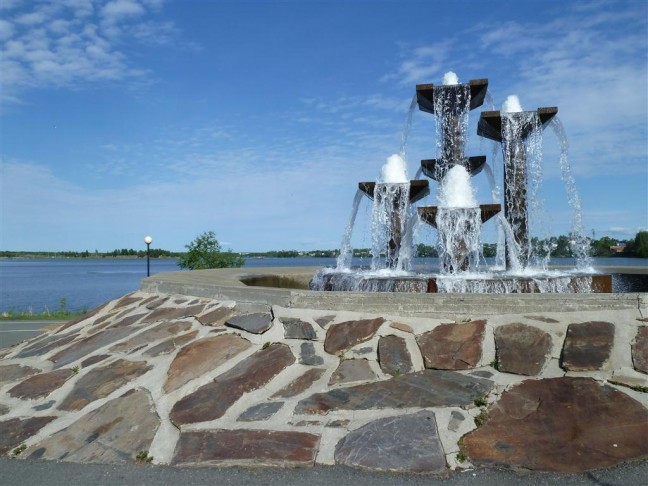
Beautiful Lake Osisko in the background with the Xstrata Smelter just a 5-minute walk away. Osisko Mining, which of course has the huge Canadian Malartic Deposit just 65 kilometres to the east of Gold Bullion’s Granada Property, took its name from Lake Osisko where Canadian mining legend Edmund Horne made a major discovery in 1920 that became the Horne Mine.
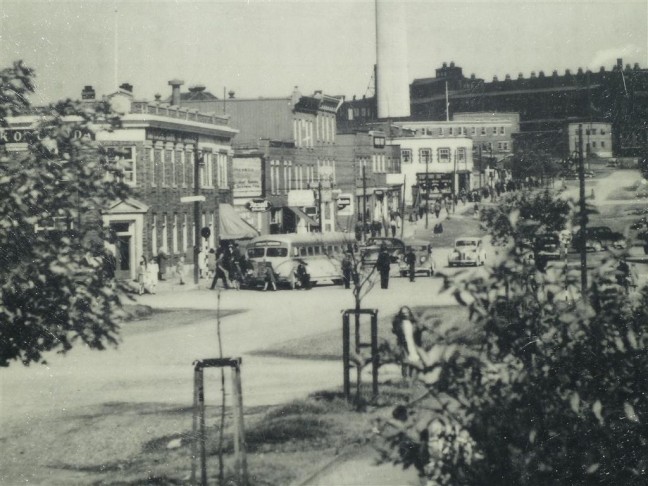
Historic 7th Avenue and Murdoch in 1940 when Rouyn-Noranda was building on the strength of the famous Noranda Mining Company and the Horne Mine.
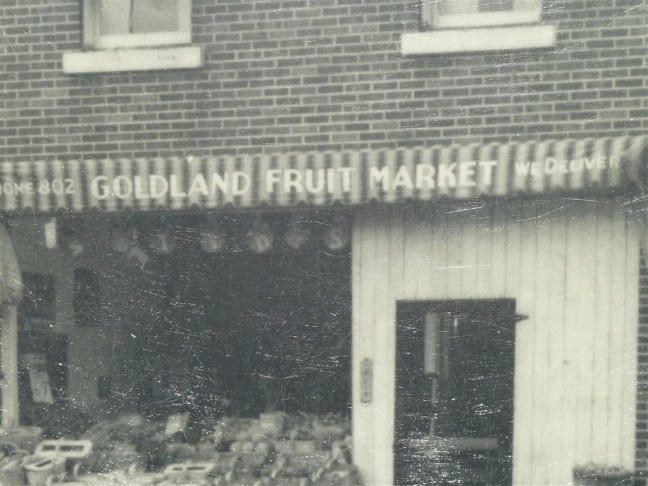
You know you’re in the right place if you’re a prospector and you’ve got a “Goldland Fruit Market” (1944) in your town!
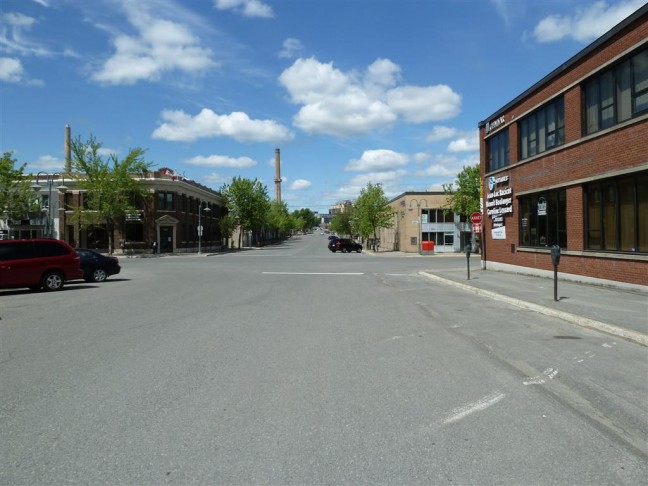
We took this picture from 7th Avenue and Murdoch a few days ago with the Horne Smelter straight ahead and the offices of GENIVAR, Gold Bullion’s geological consultant, in the building on the right.
[/aslideshow]
